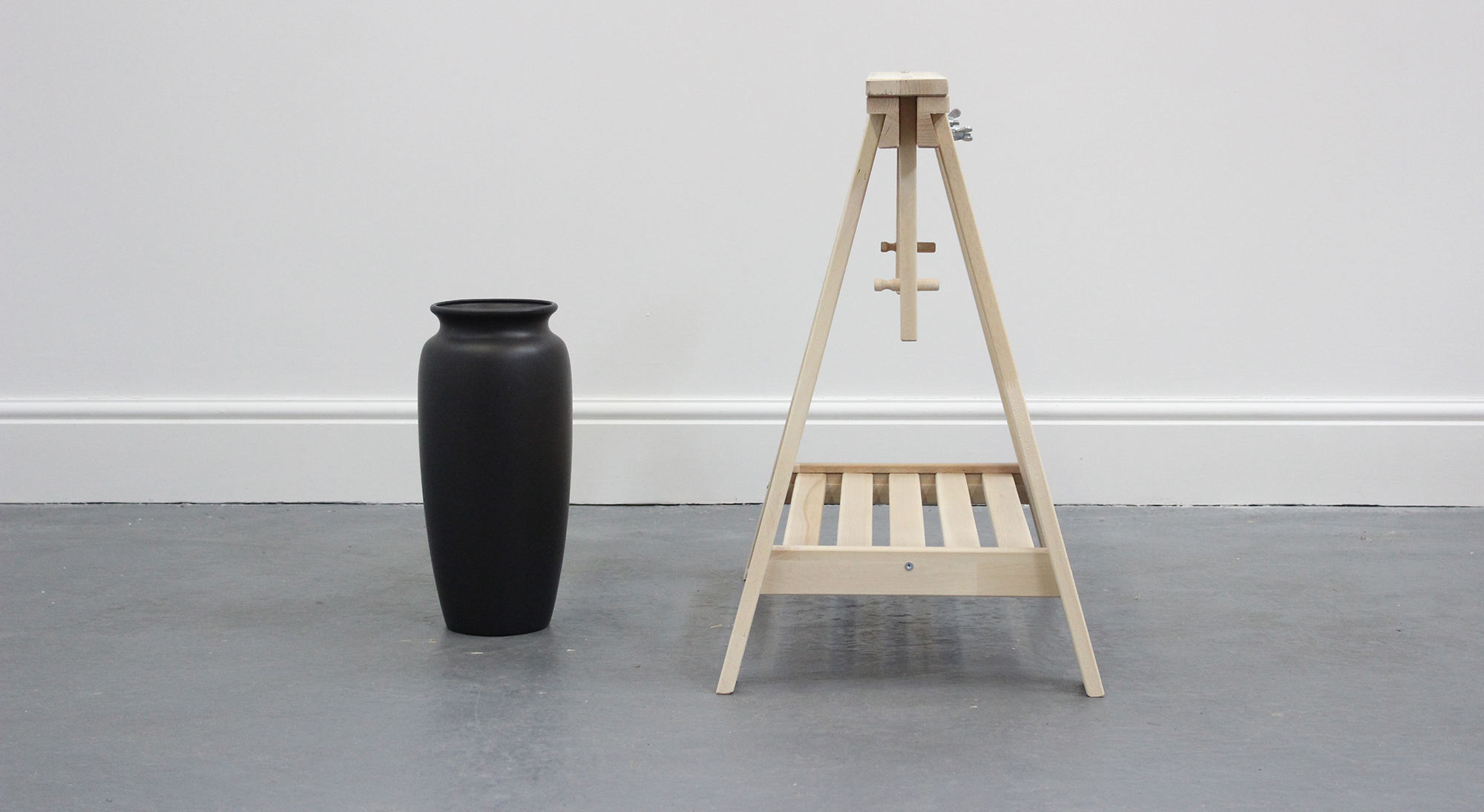In his book, The Strange, Familiar and Forgotten (1992) neuroscientist Israel Rosenfield writes: ‘We understand the present through the past, an understanding that revises, alters and reworks the very nature of the past in an on-going, dynamic process.’ This concept of memory as dynamic rather than fixed, underpins this essay’s exploration of the relationship between water, memory and listening. Informed by neuropsychology and the wet reverie of literary oceans, ice and rainfall, from the ‘frozen words’ of Rabelais to the meditative sea of Melville’s, Moby Dick, the essay examines the ‘substantial nothingness’ (Bachelard) of water, sound and remembering. As a sound artist, the essay draws on practice-based research, specifically, the site-specific sound installation rain choir (2013) and the performed microphone-less field-recording, Silence Lost (2015-),commemorating the loss inherent in the act of recording. This essay is adapted from a performed conference paper originally presented at The Sound of Memory Symposium, Goldsmiths, London, 2017.
Continue reading “Sebastian Hegarty ‘remembering rain: listening to water and memory [loss]’”

